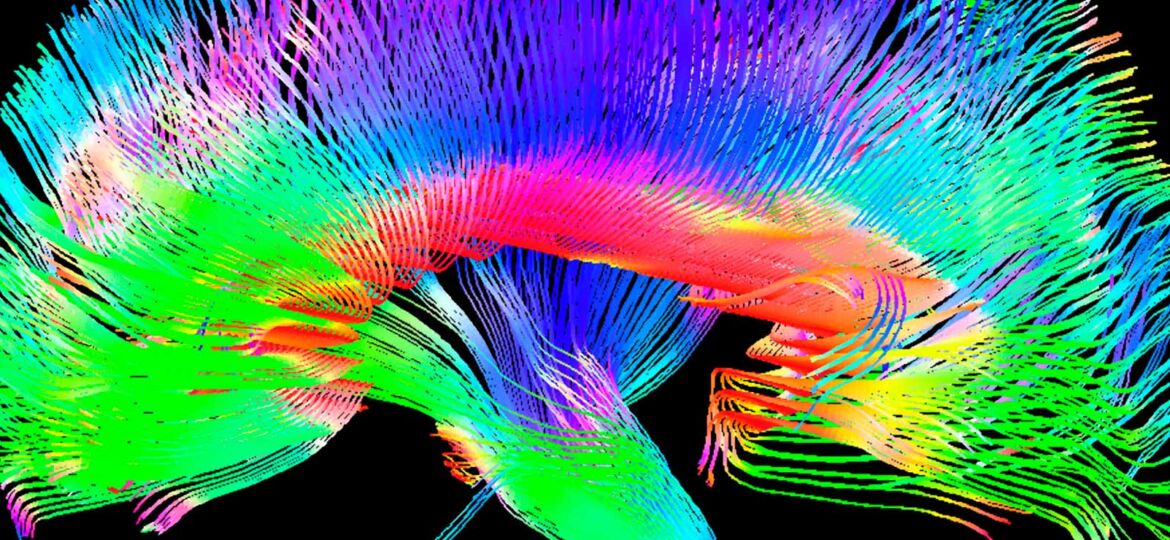
WHY THIS MATTERS IN BRIEF
If humans can understand where consciousness comes from then it’s possible we can one day understand how it “works”, and once we understand how something works we can re-create it in, for example, an AI.
Right now your eyes and your optic nerves are relaying the photos streaming off this this page directly into your visual cortex where your brain reassembles them into information. Once that information has been reassembled other parts of your brain come into play and thoughts start swirling around in the neurones and chemical synapses of your brain. That then begs the question – are you conscious, and, obviously your answer would, should be, be yes.
But just what is consciousness – for centuries it’s proved difficult to define let alone tie down. Now a team of researchers at Harvard think they’ve figured out not just what consciousness is, but, more importantly, how it works. Consciousness has traditionally been defined by two criteria – arousal and awareness. Arousal has already been traced to the brainstem, the primitive part of our brains which handles our most basic functions like breathing and regulating the sleep – wake cycle. Awareness on the other hand has been a bit trickier to pin down but, as it turns out, awareness resides there too.
The Harvard study examined 36 patients with similar brainstem lesions and 12 of those patients were in a comatose state. The study sought to determine just why those 12 people “lost their consciousness” while the other 24 retained theirs. The researchers quickly zeroed in on one region of the brain – the Rostral Dorsolateral Pontine Tegmentum and as it turned out 10 of the 12 comatose patients had suffered damage to this area, while only one of the conscious patients had.
So, while the study is still ongoing it looks increasingly likely that this particular part of the brain is the seat of human consciousness but there’s more. The Harvard researchers then examined the connectome, essentially the wiring diagram for the brain. And the team discovered a pair of regions in the frontal cortex that connect directly to the rostral dorsolateral pontine Tegmentum – one in the left, ventral, anterior Insula and the other in the pregenual anterior cingulate cortex (pACC). A separate fMRI survey of 45 healthy patients confirmed that this neural pathway was not an aberration.
As a consequence it looks like we might at least be, medically, closing in on where our consciousness comes from, and while the research has yet to be peer reviewed not only could it in the end helping us create better treatments for people in comas but it could also, one day help us recreate “consciousness” in artificially intelligent beings.
















